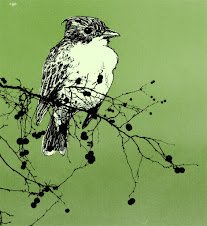
Wednesday, October 28, 2009
Sunday, October 18, 2009
A View of Grand Central
Forty-second Street and Park Avenue is a place full of hustle and bustle. Men rush along the street to office buildings and meetings without so much as a glance around. On the street, life moves at a brisk, hurried pace, but it also moves on each individual’s own time. The businessmen walking down the street have control over their time.
These things change upon entering Grand Central Station. Time takes on its own meaning. Business men, wearing suits and ties, slow down or sped up as their enter, completely dependent on the schedules of trains and the aura of the station.
Standing in the center of the main concourse, an ominous, but elegant space, time is the one thing on everyone’s mind and tongue.
“What time is it?”
“What time does the train come in?”
“What time does the train leave?”
“Do you have a timetable?”
“We have time. What do we do while we wait?”
A large round clock with four faces sits atop the center kiosk. From almost any angle in the open, echoic room, the clock is visible. Below the clock, on the round countertop sits piles upon piles of timetables. Those who don’t already have them memorized stand idly round reading them over, glancing up at the clock every so often.
A man stands anxiously several feet away from the central kiosk, a guitar at his feet, wearing a canvas jacket and glasses. He stands idle but is constantly searching the room, waiting. After several minutes, the wait becomes unbearable and he picks up the guitar and walks aimlessly away.
A voice comes over the announcement system to tell of a train about to leave. Immediately, several of those who had been idling in the concourse pick up their bags and hurry away to an unseen track. Their movements dictated by a voice with no face, a train timetable, and the clock.
Time is the name of the game in Grand Central, the preoccupation of everyone inside.


